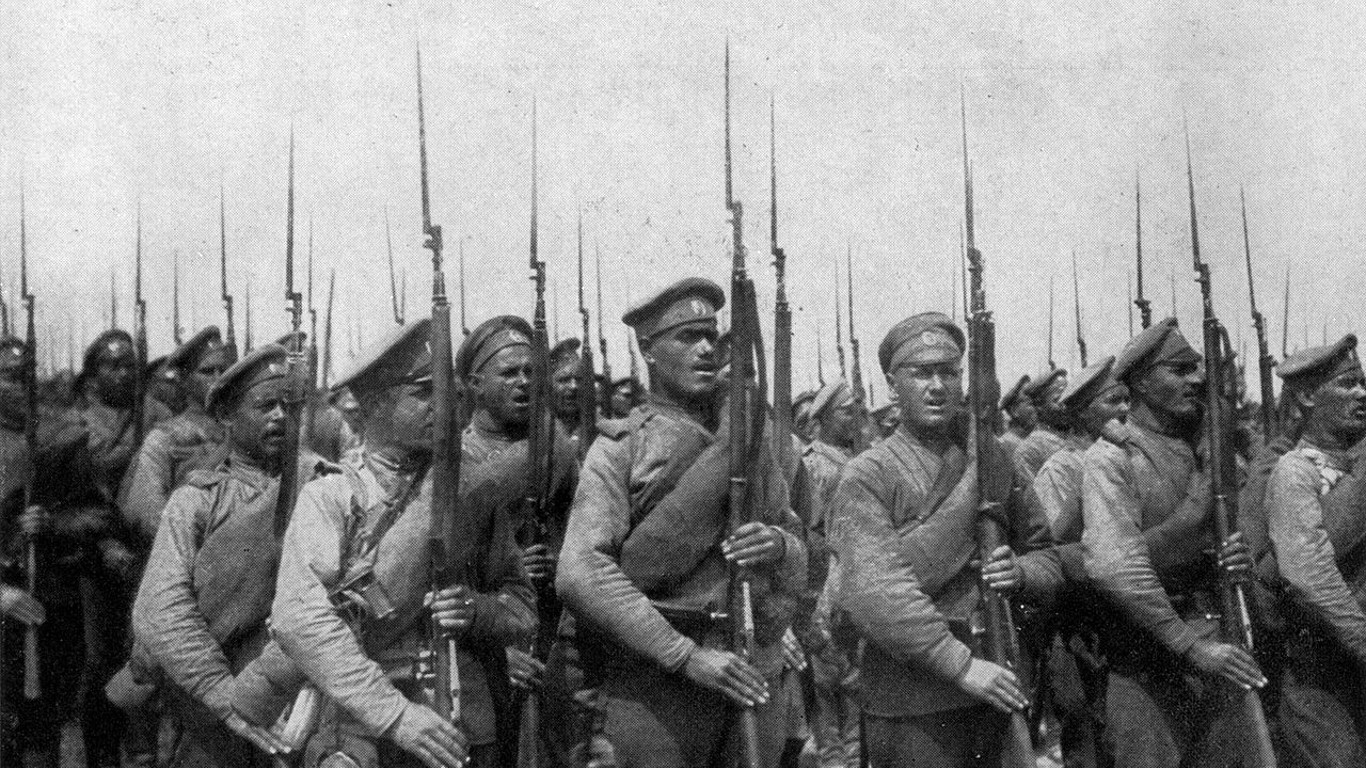
War is never pretty, but there can be levels even to the cruelty and ugliness of war, with some almost inconceivably horrendous. Such levels can be measured by one macabre metric: the number of deaths in a battle.
To determine the 10 deadliest battles in world history, 24/7 Tempo reviewed Deadliest Battles In Human History from World Atlas. (These are the wars in which the most Americans died.)
Though today’s technologically advanced weapons are capable of inflicting more casualties than any time in history, they are also more targeted thus able to reduce casualties. In fact, none of history’s 10 deadliest battles have taken place since the end of World War II. (Here are the countries that control the world’s nuclear weapons.)
Deaths from these 10 battles total 14.2 million, including nearly 8 million lost from 1941 to 1945. These deaths include soldiers and civilians either caught in the crossfire of combat or compelled to fight for their survival. These estimates do not include people who died from famine or disease in the aftermath of these battles, but rather are the estimated number of deaths caused during the time period of each battle or series of battles.
In eight of the 10 deadliest military battles in history, Germany was the aggressor during the World Wars, while one took place in China and another in the 13th century. Half of these battles involved Russians punching back at German attackers. One of these battles lasted more than two years, while another lasted just 13 days.
Here are the 10 deadliest battles of history
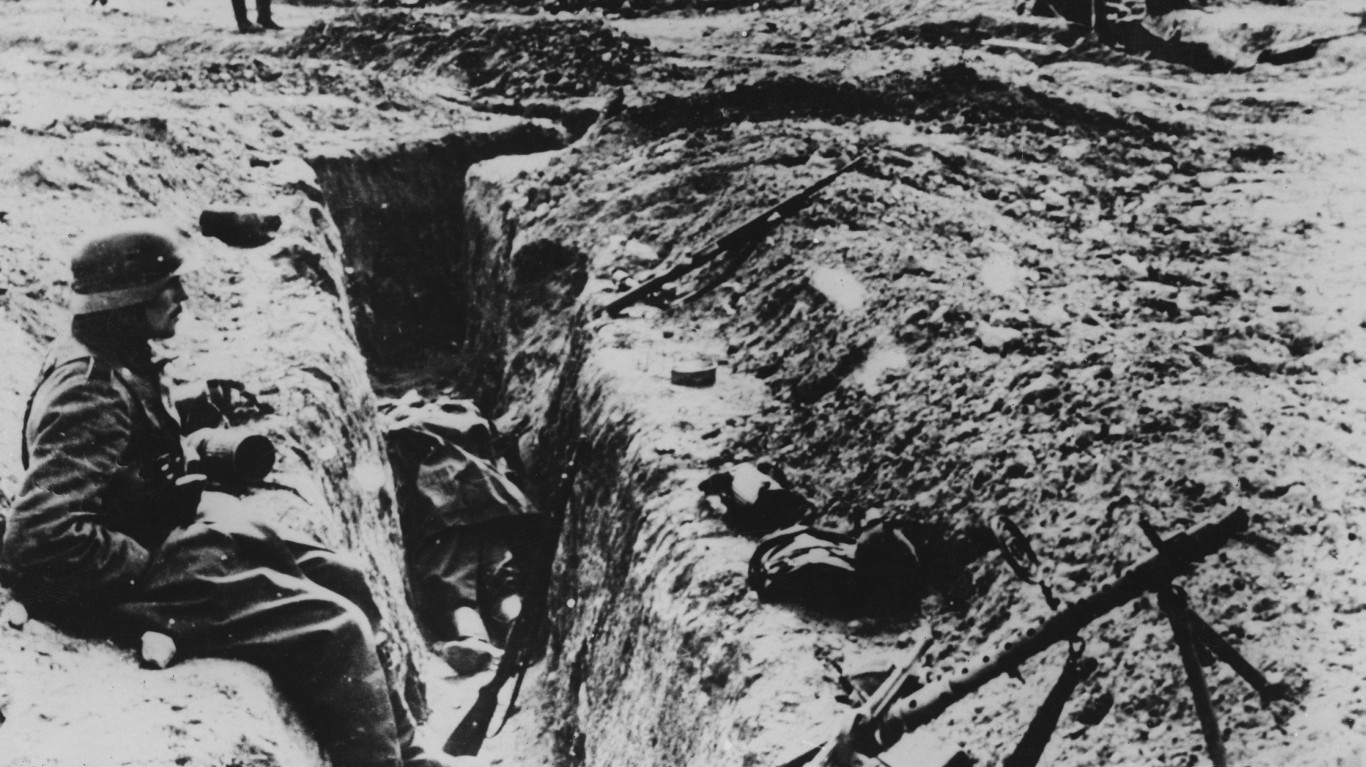
Siege Of Leningrad
> World Atlas estimated casualties: 1.12 million
> Combatants: Germany, Finland, Soviet Union
> Location: Soviet Union
> Year(s): 1941-1944
The 872-day Siege of Leningrad marks one of the darkest periods of World War II. Instead of invading and occupying the city now known by its original name, Saint Petersburg, the Nazi Wehrmacht (aided by its Finnish allies) blockaded and bombarded this industrial center for months. Hundreds of thousands of Leningraders died from starvation, brutal winter weather, and disease, and some of the most desperate resorted to cannibalism.
[in-text-ad]
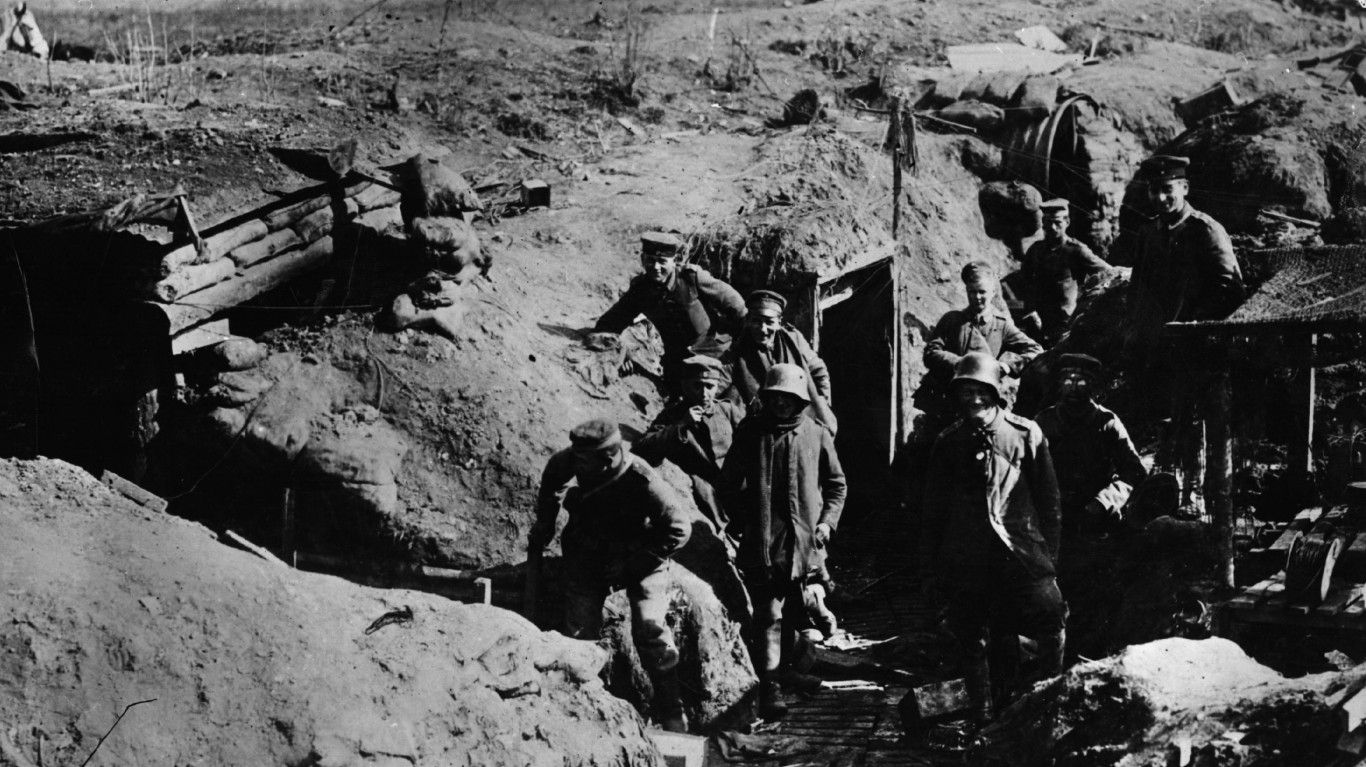
The Somme
> World Atlas estimated casualties: 1.12 million
> Combatants: United Kingdom, France, Germany
> Location: France
> Year(s): 1916
The Battle of the Somme, named after a river, is one of three World War I battles that made this list. This British-French operation was intended to defeat the Germans on the Western Front, but it turned into a brutal fight of attrition for which there was no clear winner. The British suffered more than 57,000 casualties (including 19,240 soldiers killed) in the first day of fighting alone in the battle that raged for more than four months.
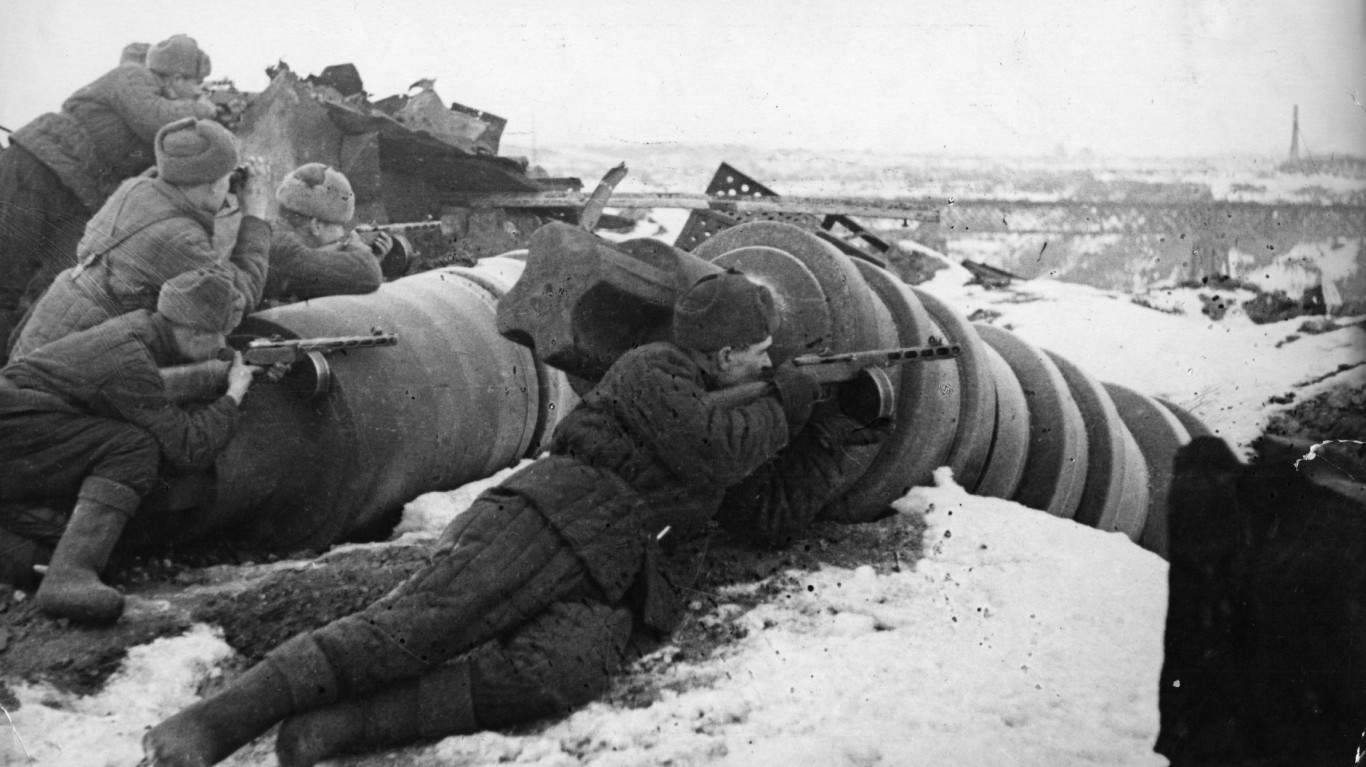
Stalingrad
> World Atlas estimated casualties: 1.25 million
> Combatants: Germany, Soviet Union
> Location: Soviet Union
> Year(s): 1942-1943
The Battle of Stalingrad is one of six World War II battles on this list and one of five that involved the Red Army either beating back the Nazis or marching to Berlin.
Hitler was determined to take Stalingrad (now called Volgograd) on the Nazi drive to smash Russian forces and seize oilfields in the Caucuses. But Stalin was equally determined to hold the city at all costs. The Red Army succeeded, but Russian troops paid dearly for the victory after months of urban warfare among the ruins and rubble of the bombed cty.
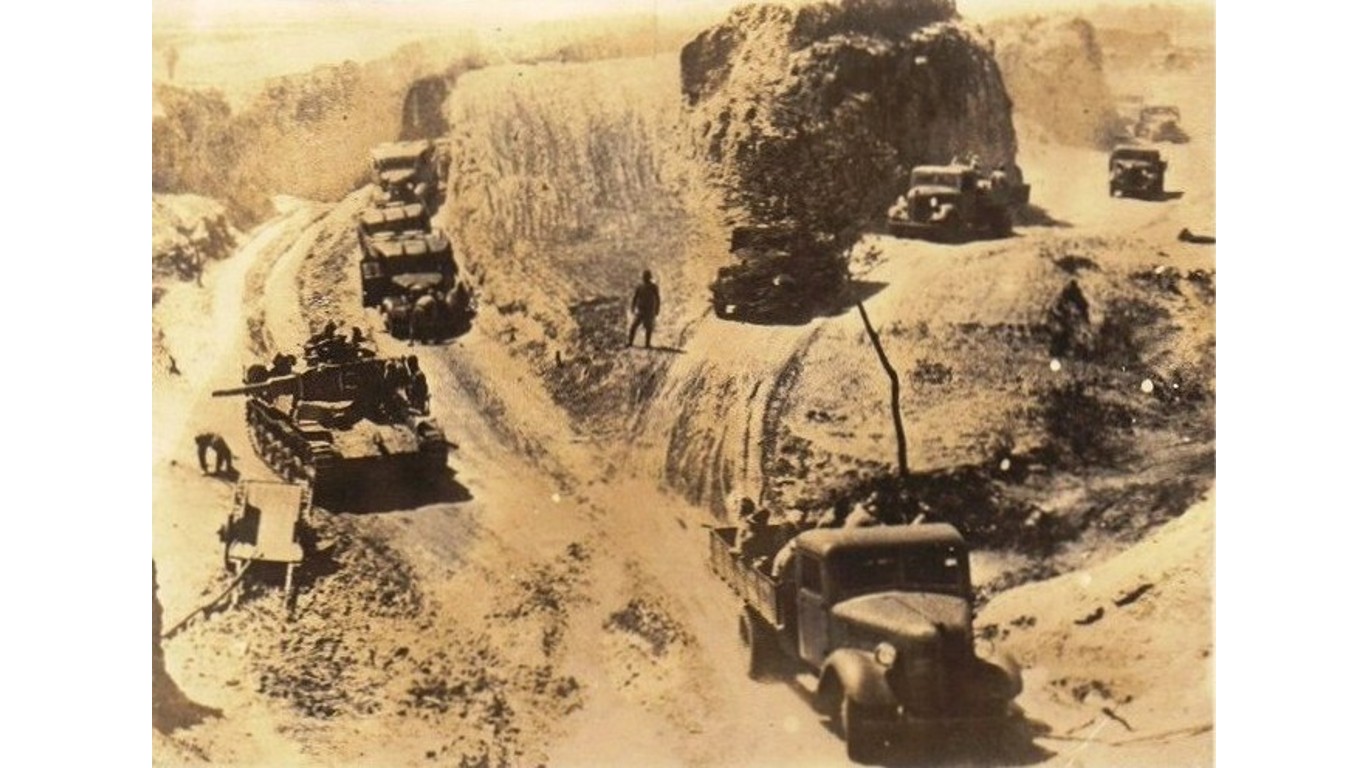
Ichi-Go
> World Atlas estimated casualties: 1.3 million
> Combatants: Japan, China, United States
> Location: China
> Year(s): 1944
Operation Ichi-Go, the largest and bloodiest military operation in Japanese history, involved three major military clashes between the Imperial Japanese Army and the National Revolutionary Army of China (with air support from U.S. forces) that took place over eight months in three Chinese provinces.
“Ichi-Go” is a part of a Japanese idiom that means “one time,” showing the Japanese viewed these fights as a one-time opportunity to seize Allied airfields and open up land routes to reduce dependence on maritime military assets. The Chinese refer to it as the Battles of Henan-Hunan-Guangxi.
[in-text-ad-2]
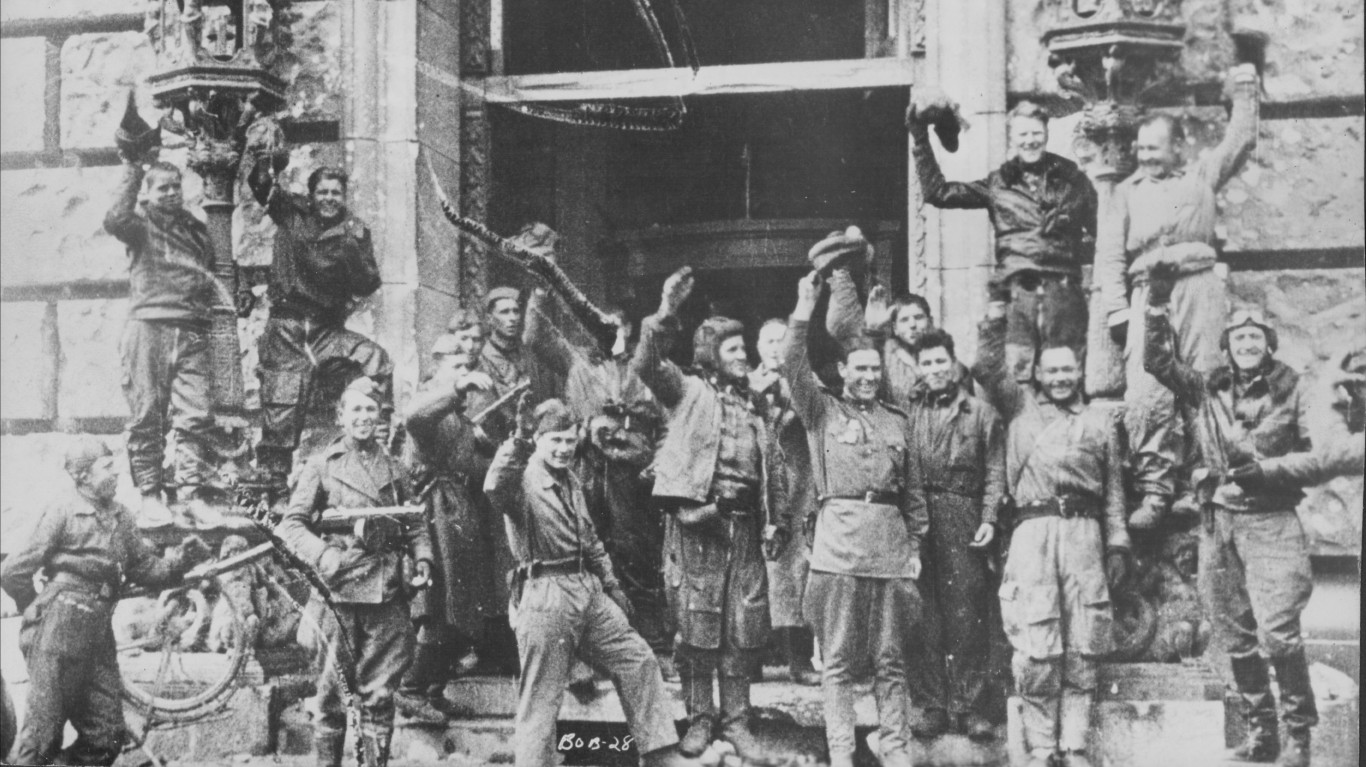
Taking of Berlin
> World Atlas estimated casualties: 1.3 million
> Combatants: Germany, Soviet Union
> Location: Germany
> Year(s): 1945
Hitler’s refusal to surrender, perhaps fueled by his drug use as some historians claim, meant the Allies had to pound their way into the heart of Germany. Nazi forces pushed back at almost every opportunity. By the spring of 1945, the Red Army had Belin in its sights after losing millions of soldiers and civilians over the course of World War II.
The Red Army’s brutality on its march to Berlin (revenge for Nazi barbarism) meant many Nazi troops and civilians believed they would be executed if they surrendered to the Russians. This led to a prolonged fight to the death in any encounter with Russian troops.
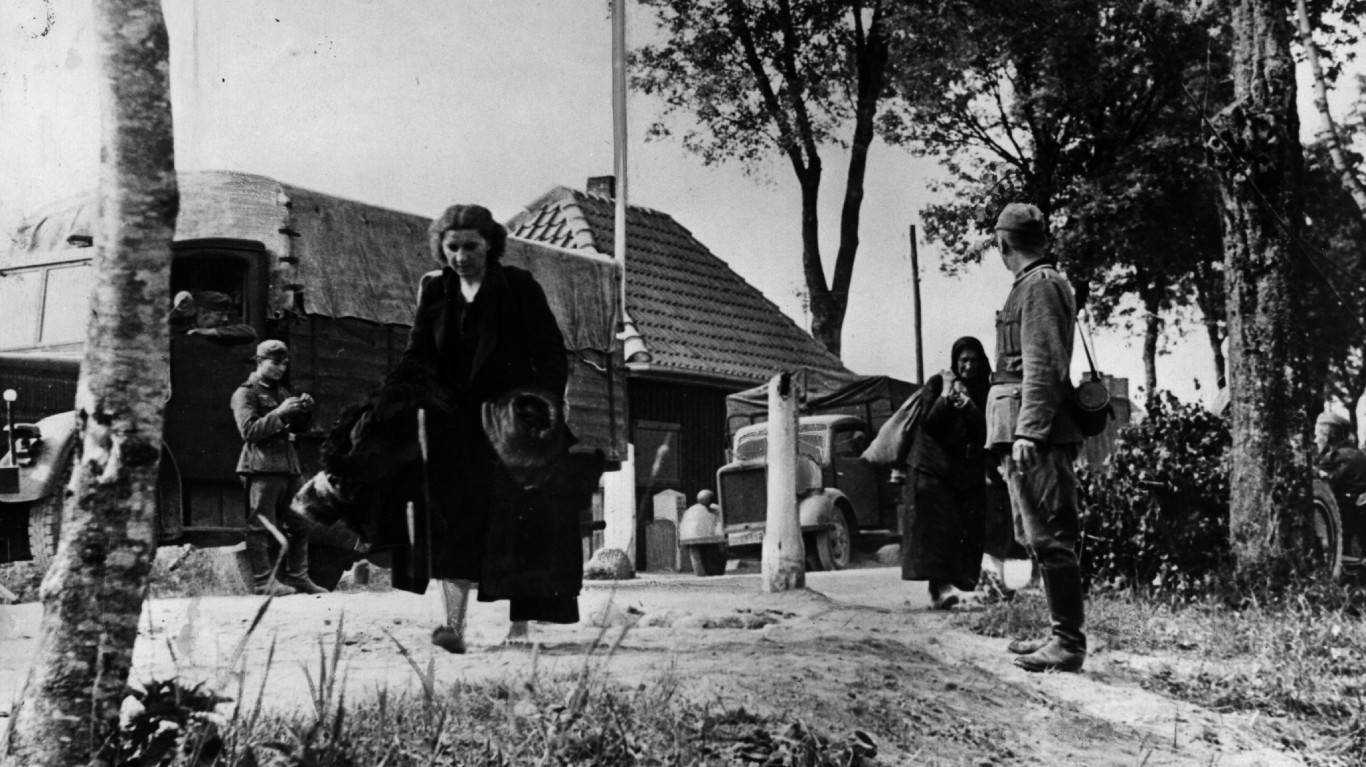
Operation Barbarossa
> World Atlas estimated casualties: 1.4 million
> Combatants: Germany, Soviet Union
> Location: Soviet Union
> Year(s): 1941
The surprise Nazi invasion of the Soviet Union that began on June 22, 1941 involved more 10 million combatants over several months, a staggeringly high number by any standard of warfare. Some 5.5 million Russians faced off against 3.5 million Germans and 700,000 German-allied troops, mainly from Finland, Romania, Hungary, Italy and Slovakia.
[in-text-ad]
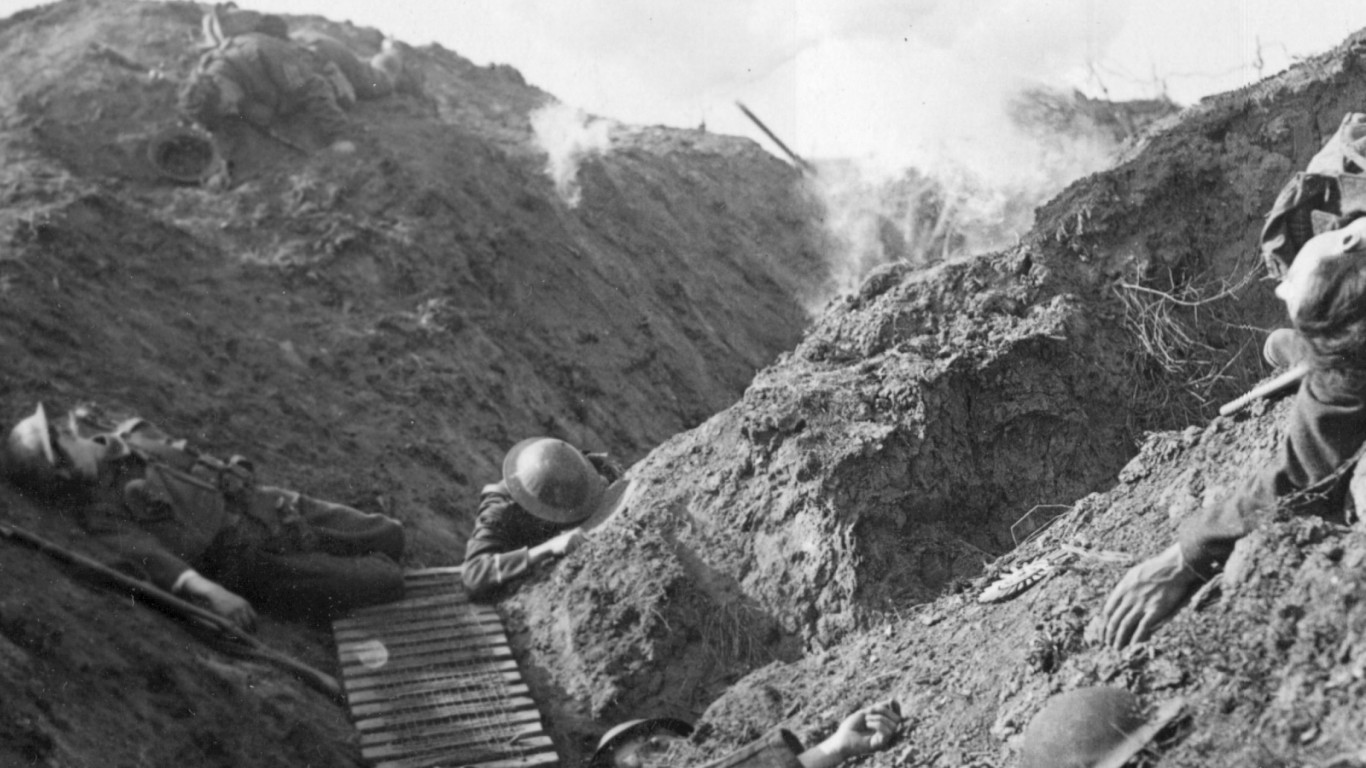
German Spring Offensive
> World Atlas estimated casualties: 1.55 million
> Combatants: Germany, France, United Kingdom, United States
> Location: France and Belgium
> Year(s): 1918
The German Spring Offensive of 1918 is one of three World War I battles on this list and one of eight on this list instigated by German military offensives. After the Russian resistance collapsed in 1917, the Germans pivoted westward in an attempt to end the war before U.S. military power could be fully deployed to Western Europe. After nearly four months of barbaric trench warfare, the Germans failed in their effort to win the war before the U.S. arrived to help its European allies defeat the German Empire.
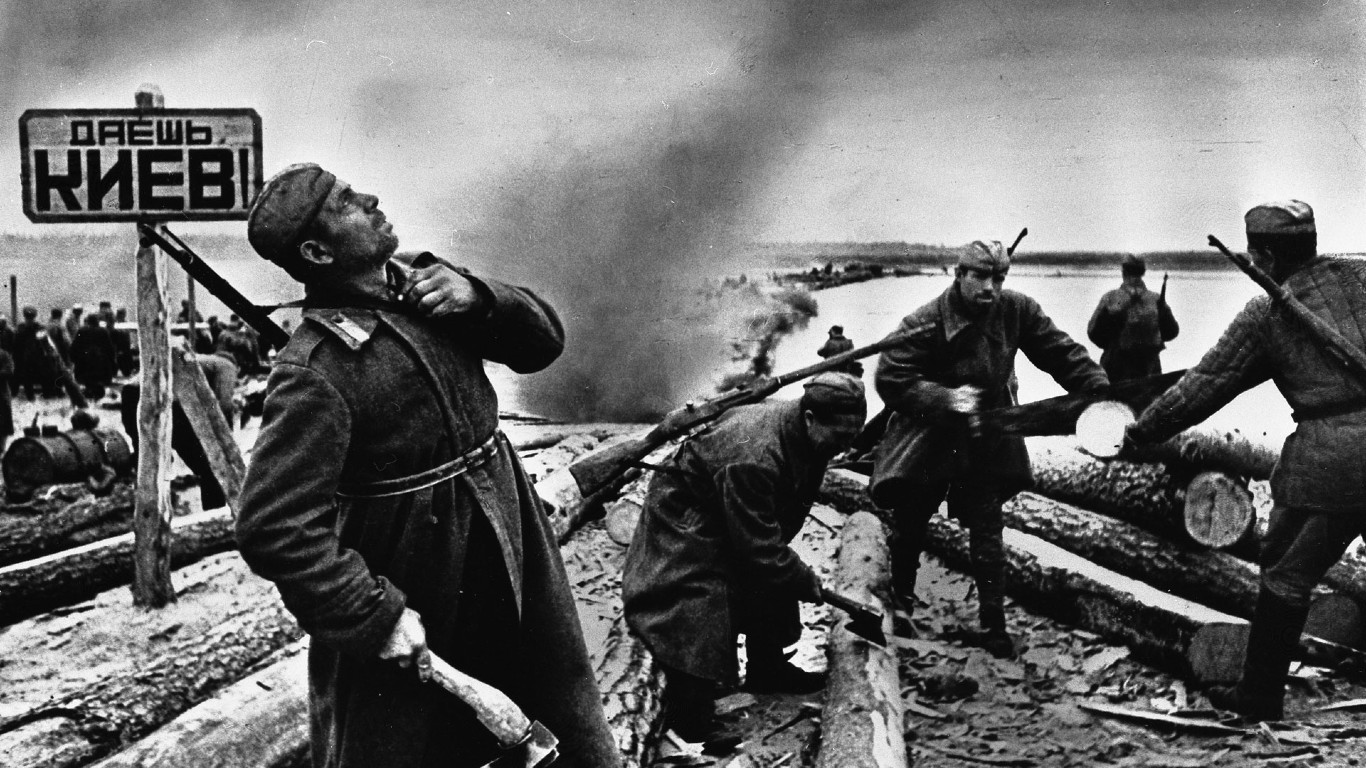
Battle of the Dnieper
> World Atlas estimated casualties: 1.58 million
> Combatants: Germany, Soviet Union
> Location: Soviet Union
> Year(s): 1943
The Battle of Dnieper (named after a major River in Eastern Europe) is yet another battle on this list in which the Soviets took heavy casualties defending against German attacks. The Nazis attempted to build an “East Wall” along the western shore of the Dnieper in order to block Russian advances.
From August to December 1943, 4 million soldiers on both sides engaged in fierce fighting. Though the Red Army took more casualties, the Russians managed to punch through the German wall, making the Nazi withdrawal from the USSR inevitable.

The Brusilov Offensive
> World Atlas estimated casualties: 1.6 million
> Combatants: Russian Empire, Austria-Hungary, Germany, Ottoman Empire
> Location: Russian Empire
> Year(s): 1916
The Brusilov Offensive was another Russian victory against the Germans that involved heavy Russian casualties. Named after the Russian general who spearheaded the military victory, one of the most successful in World War I, the summertime offensive sparked the demise of the Habsburg Empire. Germany sent military reserves to support the Empire, which weakened them on the Western Front.
[in-text-ad-2]
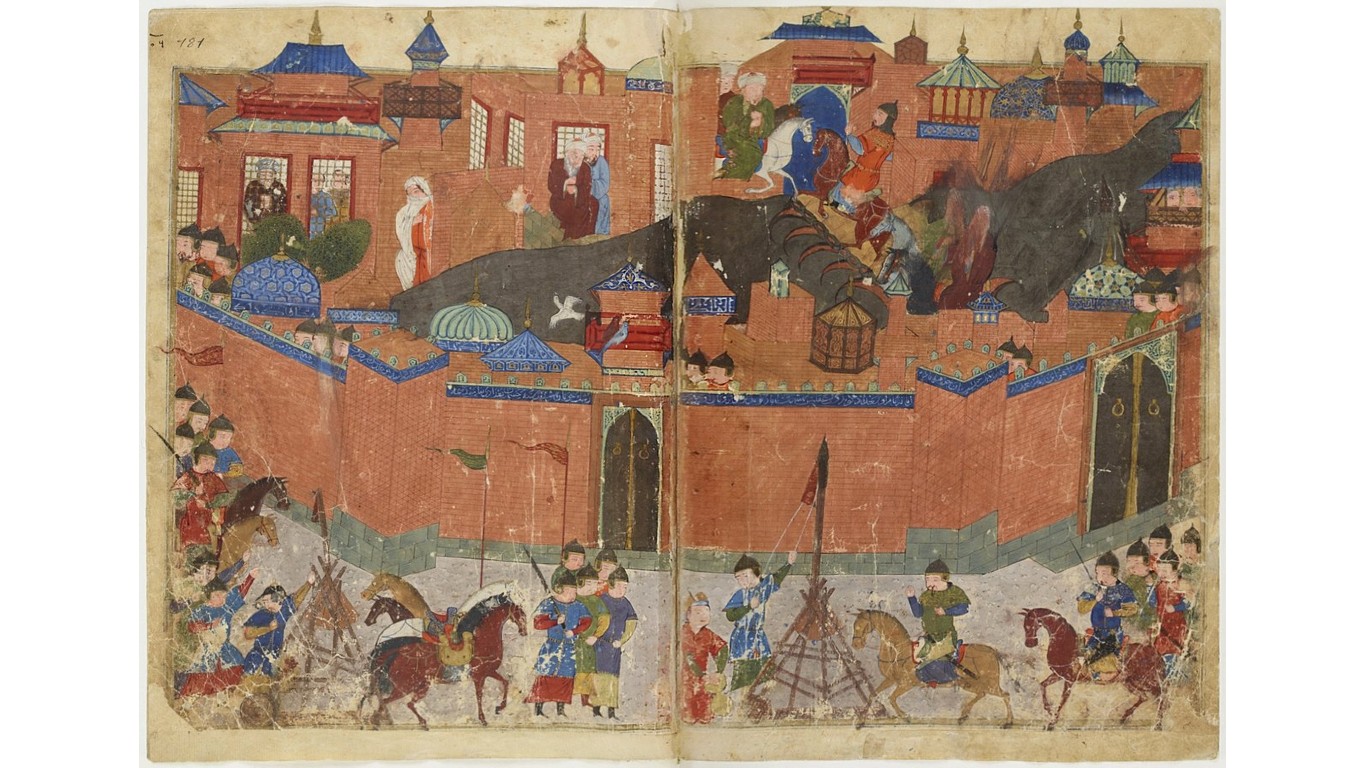
Mongol Sacking Of Baghdad
> World Atlas estimated casualties: 2 million
> Combatants: Mongol Empire, Abbasid Caliphate
> Location: Abbasid Caliphate
> Year(s): 1258
The 13th century sacking of Baghdad, then one of the world’s great intellectual and scientific centers, is incomparable. The other battles on this list raged for months (and in one case, for more than two years) and took place from 1916 to 1945, during the World Wars. But the brutality in this case was swift and horrendous to the civilian population. After a 12-day siege, the tribal horde entered the city and indiscriminately killed almost anyone they could find. The short battle marked the end of the Islamic Golden Age.
Take Charge of Your Retirement In Just A Few Minutes (Sponsor)
Retirement planning doesn’t have to feel overwhelming. The key is finding expert guidance—and SmartAsset’s simple quiz makes it easier than ever for you to connect with a vetted financial advisor.
Here’s how it works:
- Answer a Few Simple Questions. Tell us a bit about your goals and preferences—it only takes a few minutes!
- Get Matched with Vetted Advisors Our smart tool matches you with up to three pre-screened, vetted advisors who serve your area and are held to a fiduciary standard to act in your best interests. Click here to begin
- Choose Your Fit Review their profiles, schedule an introductory call (or meet in person), and select the advisor who feel is right for you.
Why wait? Start building the retirement you’ve always dreamed of. Click here to get started today!
Thank you for reading! Have some feedback for us?
Contact the 24/7 Wall St. editorial team.
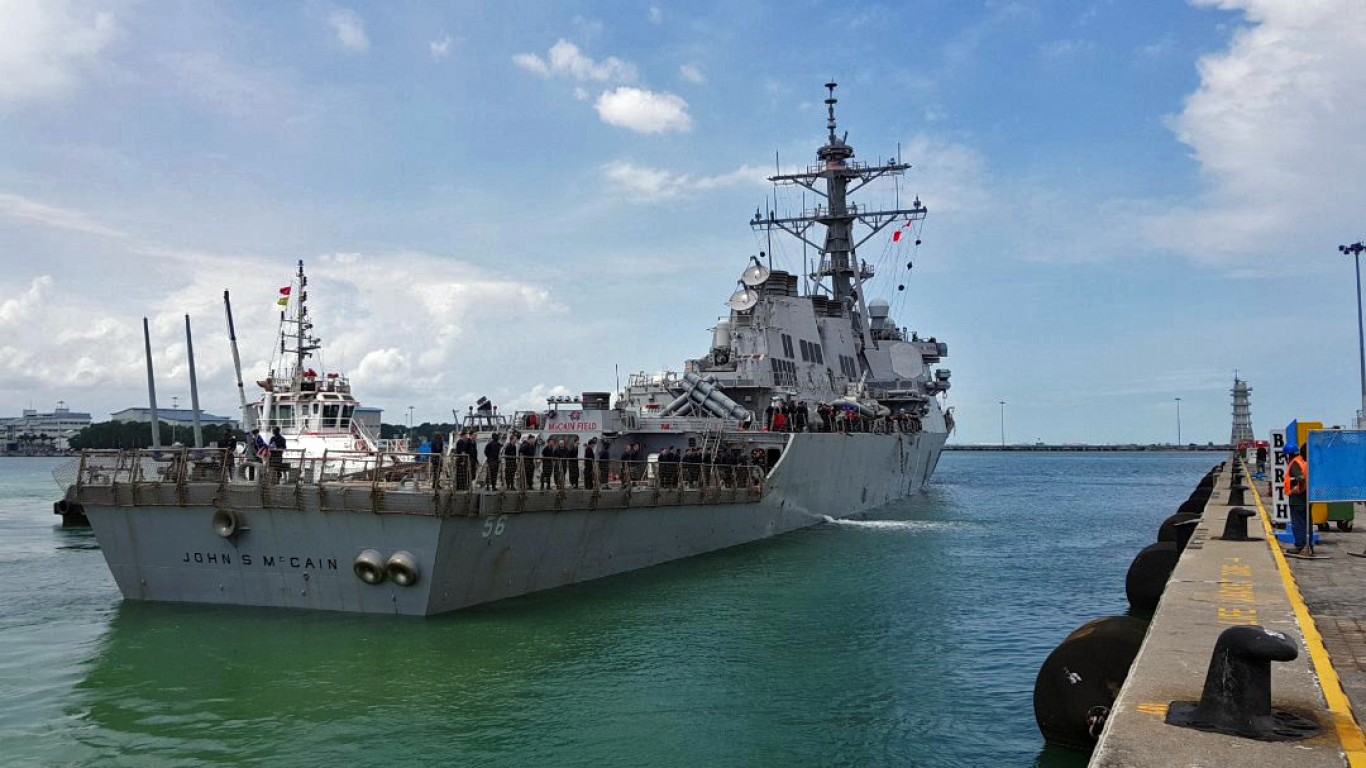 24/7 Wall St.
24/7 Wall St.